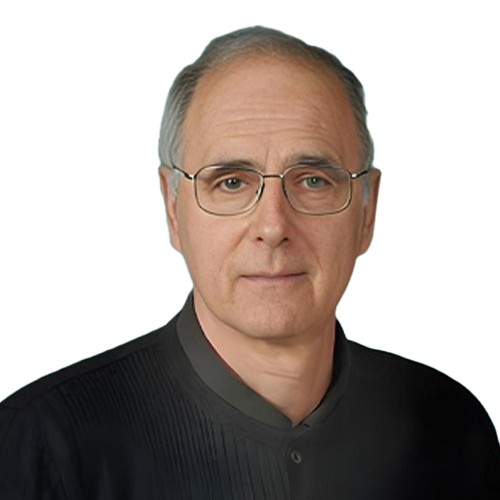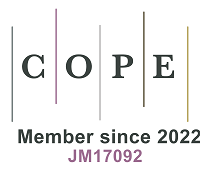Special Interview with Prof. Stephen Safe
On April 7, 2025, the Editorial Office of Journal of Environmental Exposure Assessment (JEEA) conducted a special interview with Prof. Stephen Safe, a distinguished toxicologist from Texas A&M University, USA. His research primarily focuses on the mechanisms of action of environmental contaminants, endocrine-disrupting chemicals, and their implications for human health and disease prevention.
During the interview, Prof. Safe shared the evolution of his research group's work-from studying environmental contaminants such as polychlorinated biphenyls (PCBs), dioxins, and other chlorinated compounds, to developing mechanism-based anticancer drugs informed by insights from environmental toxicology. He highlighted his recent work on polyfluorinated compounds (PFAS)-a class of emerging pollutants of global concern-and the ways these chemicals interact with specific nuclear receptors (notably NR4A1 and NR4A2), which influence both carcinogenesis and metabolic health.
Prof. Safe emphasized that while regulatory measures have significantly reduced traditional persistent organic pollutants (POPs), PFAS pose new challenges for risk assessment, mechanistic understanding, and the design of safe alternatives. Looking forward, his research aims to elucidate how these nuclear receptors NR4A1 and NR4A2 integrate the effects of environmental contaminants, drugs, and natural products, bridging exposure science and disease mechanisms.
As for JEEA's development, Prof. Safe highlighted the importance of building a strong editorial team, attracting influential review and research papers, and fostering collaboration among leading scientists, all of which are essential for establishing the journal as a premier outlet for innovative research in environmental exposure assessment.
Watch the video for Prof. Stephen Safe's expert insights:
Interview Questions:
1. Could you briefly introduce the research work of your group?
2. Your research has provided critical evidence on the impact of persistent organic pollutants (POPs) on the endocrine system and reproductive health. From the perspective of environmental exposure assessment, what do you consider the main challenges in assessing the health risks of POPs? Are there aspects of current exposure monitoring methods that still need improvement?
3. In addition to traditional POPs, emerging pollutants such as PFAS and flame retardants have received increasing attention in recent years. Can insights from POP research inform the exposure assessment of these emerging pollutants? What key research gaps still need to be addressed?
4. Your pioneering work on developing mechanism-based cancer therapies has advanced our understanding of environmental toxicology and cancer biology. How do you think this research can help us better understand the impact of environmental containment, such as POP exposure, on cancer risk? What role could this research play in bridging environmental exposure assessment and cancer research?
5. What research directions are you most interested in pursuing in the future?
6. Academic journals are essential to promote the sustainable development of environmental exposure assessment research. In your opinion, which hot topics or cutting-edge research areas should JEEA prioritize, and what practical strategies would you suggest for attracting high-quality manuscripts in these areas?
About Prof. Stephen Safe:

Prof. Stephen Safe, Distinguished Professor at Texas A&M University, College Station, USA, is a leading expert in environmental toxicology, endocrine disruption, and cancer biology. He is internationally recognized for his pioneering work on POPs such as dioxins and PCBs, and for elucidating their mechanisms of toxicity through the aryl hydrocarbon receptor (AhR) signaling pathway. Prof. Safe's research has significantly advanced the understanding of how environmental contaminants influence cancer development and endocrine function, leading to the development of mechanism-based anticancer therapeutics. In recent years, his work has expanded to include PFAS and nuclear receptors NR4A1/NR4A2, exploring their roles in carcinogenesis and metabolic diseases. As the corresponding author, he has published extensively in top international journals and is widely recognized as one of the most influential figures in environmental health sciences.
Editor: Tracy Sun
Language Editor: Catherine Yang
Production Editor: Ting Xu
Respectfully Submitted by the Editorial Office of Journal of Environmental Exposure Assessment







